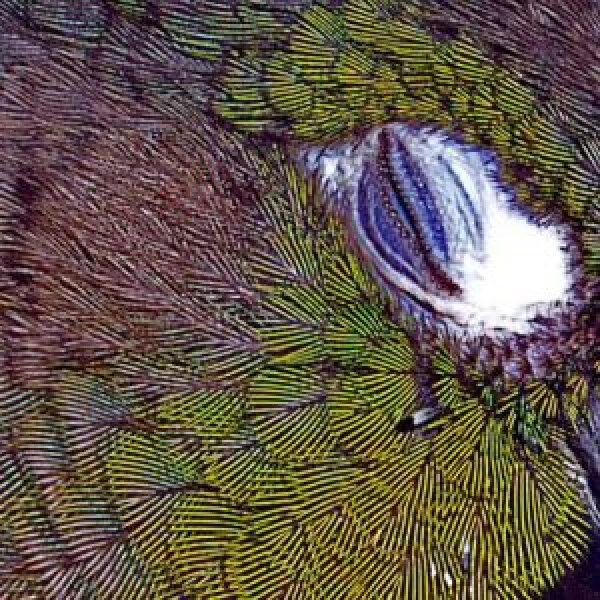
Your Parrot May Out Live You – Whats Your Plan?
Last Updated on by Mitch Rezman
We get lots of phone calls at Windy City Parrot covering many bird care topics. A recurring subject that arises is an “inherited” bird. Most recently a gentleman called to inquire about Bird Travel Carriers.
We always ask 2 questions in response to inquiries such as these. 1) What kind of bird? 2) How will the bird carrier be used? We always want to make sure we’re providing the appropriate equipment.
In this case, he needed to get his African Grey parrot to the vet and then home, which begged the question, where was the bird now?
The answer was one we hear much too often. The Grey was at his mother’s for 30 years. His mother had passed recently. He was now the caretaker of a 30-year-old African Grey Parrot.
During the course of the conversation I learned, mom had gotten the bird wild-caught and treated it as a second child. She was a stay-at-home-mom so the bird got all her attention, for the past 30 years. The birdcage was enormous and had one toy hanging from the top, a solitary brass bell.
To complicate matters, (we’ll call him) John lived by himself. The Grey was living at mom’s home. The birdcage never got covered. No TV or radio was left on and although as much as he tried, he couldn’t get there every day to “check” on the bird.
So it was no surprise to learn John had a hard time removing the bird from the cage the first time he needed to clean the cage. He used heavy work gloves which worked (for him) to remove the bird and then put the bird in the bathroom while he did his cage cleaning.
Grabbing my head to keep my about-to-explode brain from showering the walls with grey matter, I took a deep breath and calmly began to cover the many challenges John need to overcome.
We came up with a plan. He agreed that he would visit the bird daily until the carrier arrived. He would leave on the TV and partially close the drapes. This was a bit of a compromise because the bird would freak out if he tried to cover the cage.
He would stop at a local pet shop and pick up at least a few toys to hang in the cage. When the new bird carrier arrived, he’d transfer the bird, the best he could, and bring the bird to the vet for a well bird check-up.
While at the vet, John agreed it would be a good time to move the cage to his home. Although he worked full time and lived alone, we both agreed the Grey would be better off with regular human contact.
We talked about proper nutrition, the need for toys, and mental stimulation. John had no idea that Greys like many parrots, function at the level of a 2 or 3-year-old child.
“His” bird was clearly angry and sad that mom was gone. These issues needed to be addressed. Because he thought he would enjoy the companionship at home he felt confident he could take over responsibility.
What this all demonstrated was the lack of preparedness John, mom (and the bird) had when it came to mom’s passing. We encourage you to have a plan, don’t you owe it to your bird? If you’re not sure where to start, check out this article on estate planning for pets.
Written by Mitch Rezman
Approved by Catherine Tobsing
Author Profile
Latest entries
 The Traveling BirdJune 26, 2025Can You Name 5 Parrot Species That Are Living Wild in the USA?
The Traveling BirdJune 26, 2025Can You Name 5 Parrot Species That Are Living Wild in the USA? Bird BehaviorJune 26, 2025How is it Parrots Are Problem Solvers Social Animals and Even Use Tools?
Bird BehaviorJune 26, 2025How is it Parrots Are Problem Solvers Social Animals and Even Use Tools? Bird & Parrot AnatomyJune 25, 2025How a Tiny Chemical Modification Makes Parrots Nature’s Living Paintings
Bird & Parrot AnatomyJune 25, 2025How a Tiny Chemical Modification Makes Parrots Nature’s Living Paintings PigeonsJune 20, 2025How Do Parrots Thrive in Cities Outside Their Native Habitats?
PigeonsJune 20, 2025How Do Parrots Thrive in Cities Outside Their Native Habitats?


